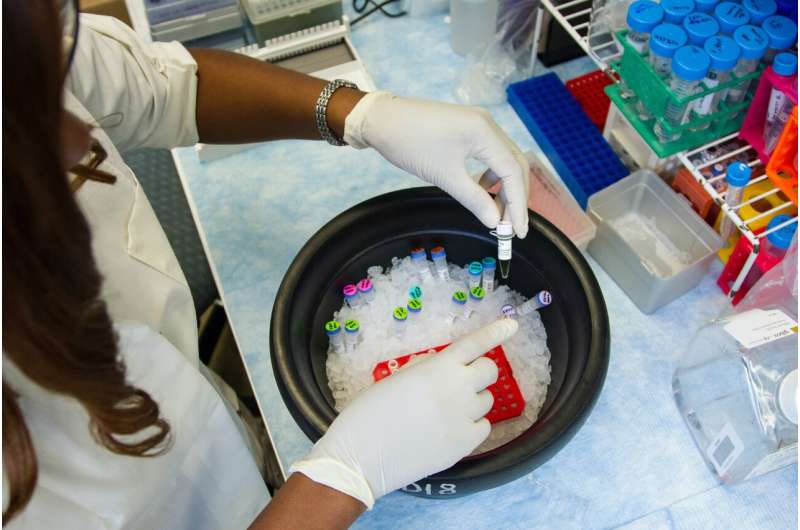Strategies to Halt the Spread of HIV in the Southern United States

The Southern United States has become a new hotspot for HIV infections. Increased education, testing, and access to treatment are vital to curbing this growing epidemic. Learn more about effective strategies to stop HIV in the South.
Human immunodeficiency virus (HIV) was once predominantly a concern in large urban centers, but recent data indicates that the Southern United States has become a new focal point of the HIV epidemic. Experts from the University of Mississippi highlight that this shift underscores the urgent need for targeted education and prevention efforts in the region.
In 2022, over half of all new HIV diagnoses in the country occurred in the South, despite the region housing only 38% of the U.S. population. Mississippi, in particular, reports some of the highest HIV infection rates nationally. This rise is attributed largely to the lack of awareness and preventative measures prevalent in the area.
HIV primarily compromises the immune system by attacking white blood cells, which weakens the body's defenses against common infections. If untreated, the infection can progress to AIDS, a life-threatening stage. The virus is mostly transmitted through blood, semen, breast milk, and rectal or vaginal fluids, often via unprotected sexual contact.
Currently, there is no cure or vaccine for HIV. However, antiretroviral therapy (ART) can effectively suppress the virus, reducing its presence in the body, strengthening immune function, and lowering transmission risk. Despite these advancements, stigmas and misconceptions continue to hinder testing and treatment efforts.
HIV cannot be spread through casual contact, such as touching or exposure to tears or sweat. Nevertheless, misinformation and fear contribute to a significant number of infected individuals remaining unaware of their status; more than 13% of people living with HIV are not diagnosed, which increases the risk of unknowingly transmitting the virus.
Regular testing is vital for early detection and timely intervention. Numerous free and low-cost testing services are available, including at the University of Mississippi Medical Center and through state health programs. Education campaigns and public service announcements are essential to raise awareness about HIV risks, testing options, and treatment accessibility.
Addressing the epidemic requires community engagement and widespread dissemination of accurate information. Efforts to educate the Southern population about HIV risks and prevention strategies can lead to reduced transmission rates and improved health outcomes for those affected.
By prioritizing education, reducing stigma, and expanding access to testing and treatment, the region can work toward controlling the HIV epidemic and safeguarding public health.
[source: https://medicalxpress.com/news/2025-05-hiv-south.html]
Stay Updated with Mia's Feed
Get the latest health & wellness insights delivered straight to your inbox.
Related Articles
Revolutionizing Neuroscience with High-Speed Automated Neuronal Electrophysiology
A groundbreaking high-speed, automated method for studying neurons in their natural state offers new opportunities for advancing neuroscience and drug discovery. Developed by Yale researchers, this technique enables rapid, unbiased electrophysiological analysis of large neuronal populations, enhancing research efficiency and accuracy.
Global Research Identifies Genetic Risk Factors for Alzheimer's Across Diverse Populations
A pioneering international study uncovers diverse and shared genetic risk factors for Alzheimer's disease worldwide, advancing personalized medicine and health equity.
Innovative Lateral Approach in Total Ankle Replacement Demonstrates Long-Term Success
A groundbreaking lateral approach in total ankle replacement shows excellent long-term outcomes and implant durability, offering new hope for patients with end-stage ankle arthritis.
The 'Badscopal Effect': High-Dose Radiation Therapy May Promote Growth in Untreated Distant Tumors
New research uncovers the 'badscopal effect,' where high-dose radiation therapy can unexpectedly promote growth in untreated metastatic tumors, highlighting the need for combined targeted treatments.



